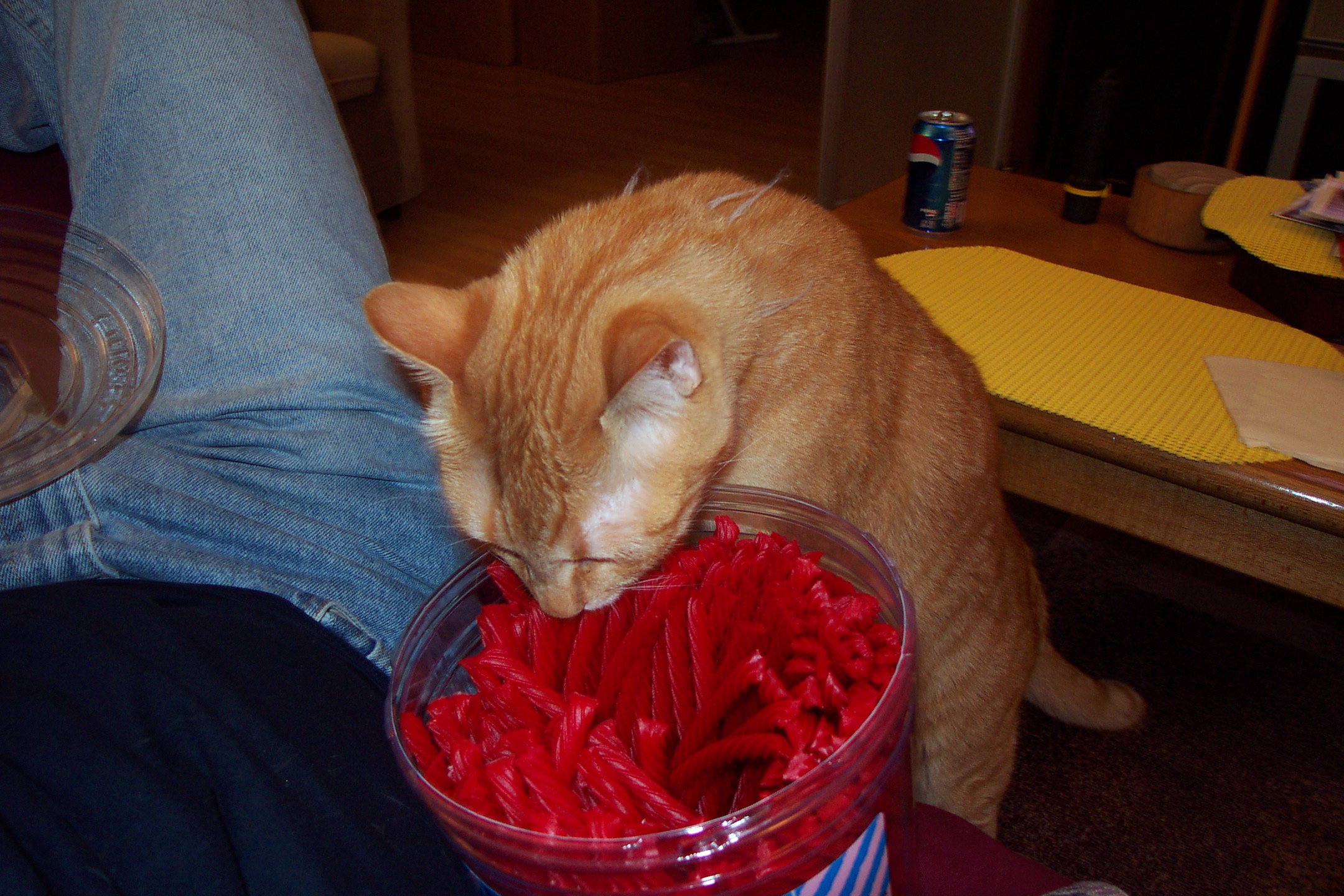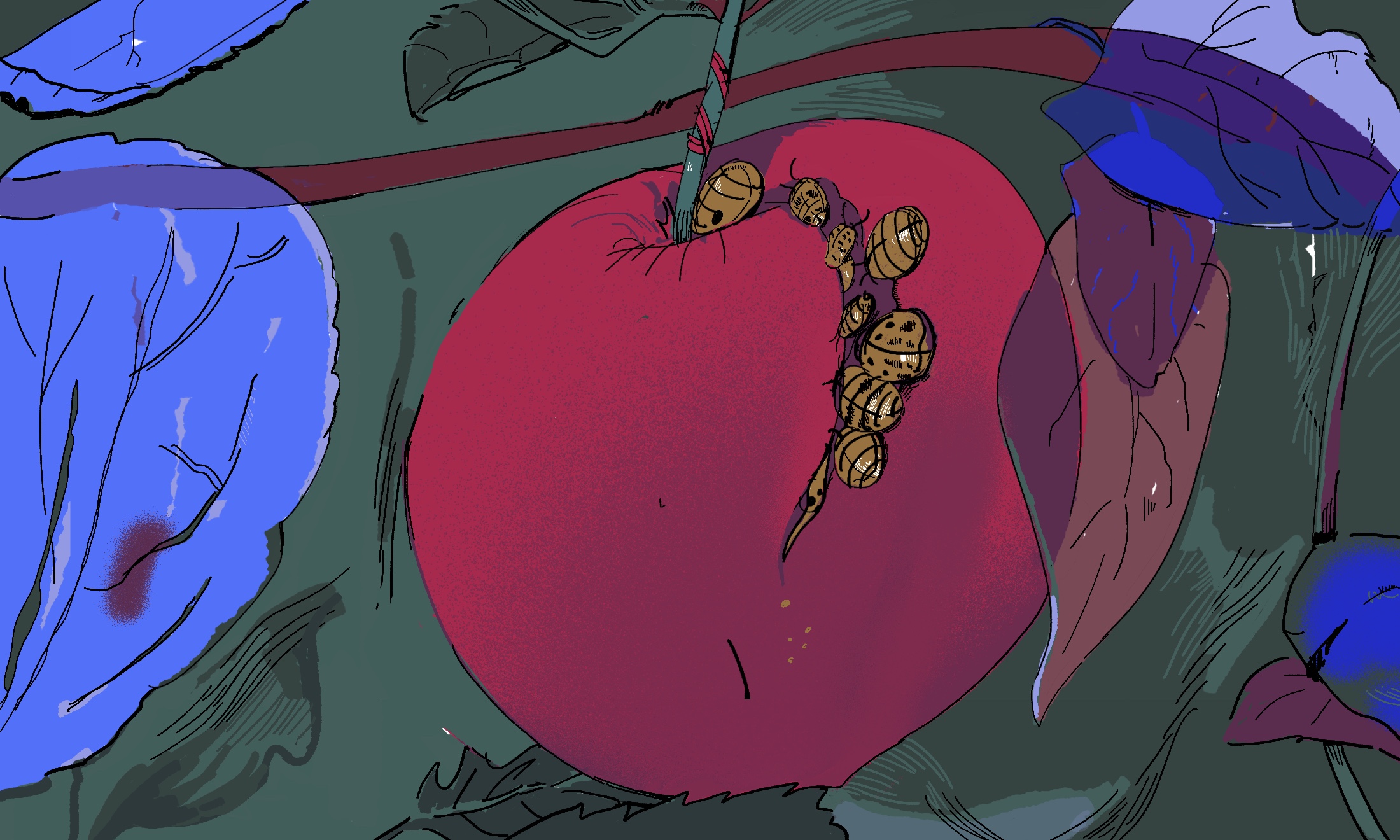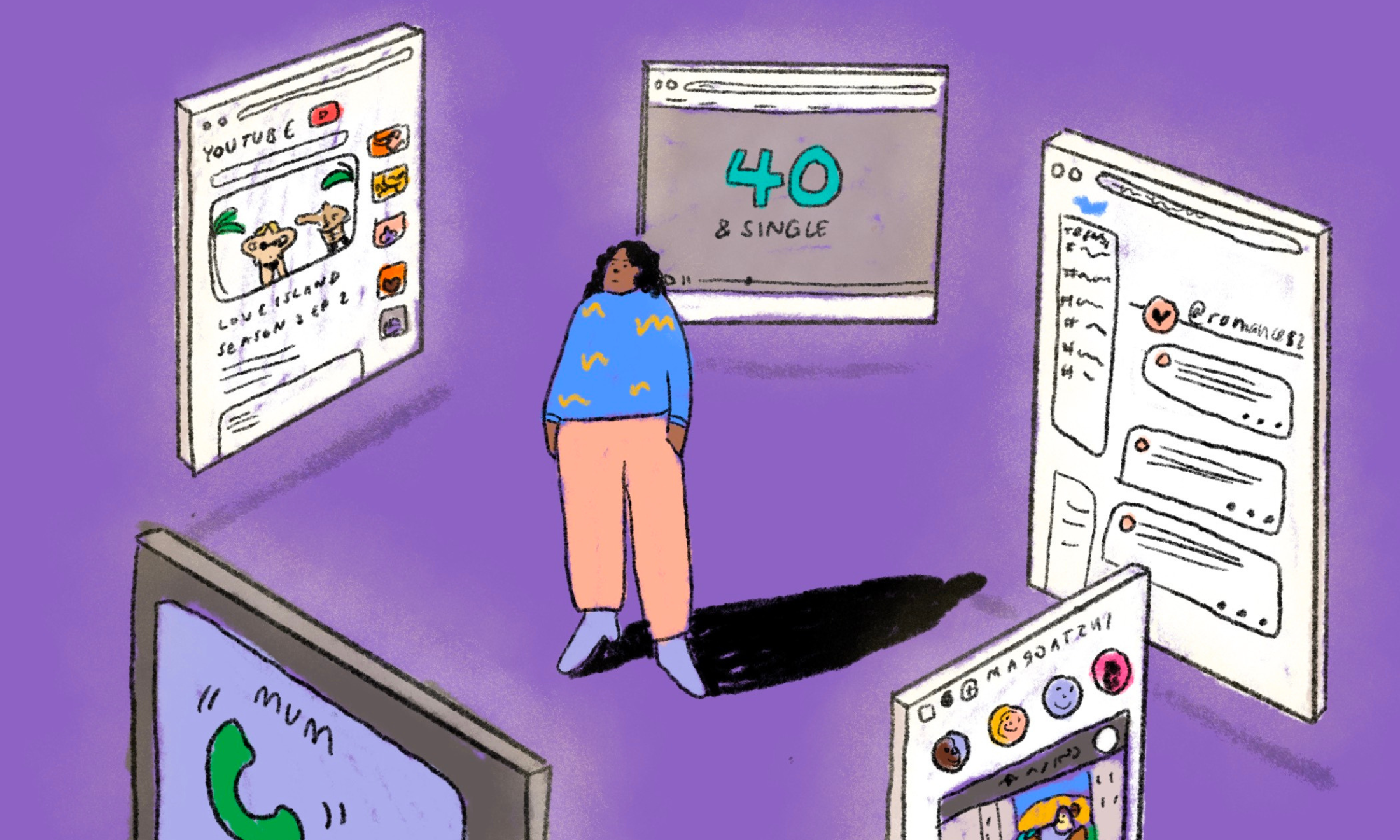
Reflecting on the hype: reading “Cat Person” as a woman of colour
Shynee Sienna Hewavidana
17 Dec 2017
This week, a short story took the internet by storm. Cat Person, by Kristen Roupenian, is about Margot, a rather unlikeable 20-year-old woman, who meets the equally unsympathetic 34-year-old Robert at her workplace. After he asks for her number, they start to text, go on a date, and end up in the bedroom – at which point Margot feels obliged to sleep with him, resulting in some pretty terrible sex. Immediately after, she drops him unceremoniously. They see each other at a bar a month later and Margot quite rudely ignores him. Perhaps rather more rudely, Robert texts her vile insults: the piece ultimately ending with him calling her a “whore”.
The reaction to the piece has been remarkable. It’s swept social media, with a countless number of women seeing themselves within it – the solidarity expressed has been staggering to witness. The piece seems to have captured much of Millennial female thought when dating – having to negotiate being “too keen” and “not keen” enough, having to take into account both your egos and of course, the complexity of consent: where a woman feels an obligation to carry on with a sexual encounter. Collectively, it seems to reflect that we struggle to articulate no, please, I don’t want this to go any further without being seen as rude. That we’re too worried about being seen as capricious, as fickle, as shallow, as just a plain old nasty tease.
Roupenian’s use of contrast between the older, uglier, fatter old man and the petite, beautiful white young woman has allowed women all over the world to discuss the power-play that comes with sexual experiences. Yet, while reading Cat Person I couldn’t help but being struck by how richer the conversation would be with a woman of colour’s perspective. Our perspectives have often been overlooked but are critical when discussing the complexities of fetishisation and sexual powerplay.
“Yeah, yeah, you like that,” with an intonation that made it impossible to tell whether he meant it as a question, an observation, or an order, and when he turned her over he growled in her ear, “I always wanted to fuck a girl with nice tits”.
Sound familiar? Or maybe – “I’ve always wanted to fuck a black woman”. “I’ve never been with an Indian girl before”. “I’ve always heard Asian women are great in bed”.
Every woman of colour’s life is intertwined with fetishisation by white men. Try being a brown woman on Tinder. White men just love to pepper their conversations with intended compliments.
“What Cat Person has illustrated is a societal sexual hierarchy where women remain subordinate…however, in this sexual hierarchy we so often fail to interrogate the role of women of colour”
Take a shot for every time you’ve been called a “chocolate goddess”. Or a “caramel princess”. Take a shot every time a white boy expects you to hop in their bed as a result. Take a shot every time you’ve deleted Tinder. Fetishisation can be small stuff, like being called “exotic” or “tropical” (please, am I a can of Rubicon?) or large stuff, like the porn industry’s sexual fetishisation of the ‘Ebony’ or the ‘Asian’ woman. We are dehumanised and Othered constantly, in day to day life – and that doesn’t magically end in the bedroom. Margot grins and bears Robert’s comments, but WoC are often more obliged to grin and bear these fetishising comments – what else can we do? Bring out Crenshaw’s ‘Critical Race theory’ and start a lecture? Send them a Sociology reading list when they get home? Talk about spicing up the bedroom. Feeling degraded can be seen as a price to pay to participate in the dating and casual sex scene. With increased fetishisation, the way we are treated sexually is likely to be more derogatory and violent. We aren’t real people – we are a fantasy, a pornographic dream, a culmination of desires.
In Cat Person, Robert seemingly enacts a porn fantasy upon Margot during their sexual encounter – she felt like “a doll made of rubber, flexible and resilient, a prop for the movie that was playing in his head”. Pornography affects all women, but women of colour in far more wounding ways. It made me think about the sexualisation and objectification of women of colour and how it is an well known trope in day to day life. East Asian women are commonly conceptualised as dominant, petite and subordinate – whilst black women are animalised. Sex with women of colour so often is seen as a transgression – you are experiencing something. It is an event, a trophy, a brag post. We’re an iconic trophy for white men. You often wonder in the back of your mind that, whoever the white man is, they could go back and boast to their mates the “trophy” of conquering the exotic brown woman. However “woke” they are, we are usually the Other to them – whether that translates to “just banged an Indian chick“ in the group chat or a post-sex text of “sex with you was surreal, my Nubian goddess #godisablackwoman.”
What Cat Person has illustrated is a societal sexual hierarchy where women remain subordinate – we can’t enjoy sex, we have to lie back and think of England – for Queen and country, but definitely not for ourselves. However, in this sexual hierarchy we so often fail to interrogate the role of women of colour. Margot laughs at Robert assuming she is a virgin, but this also made me think about the obsession over women of colour’s sexual histories. South Asian women are often expected to be virgins – subservient until their arranged marriages, whilst Black women are often hypersexualised from an early age.
“We, collectively, can learn a lot from Cat Person – often we slag off problematic white men but find it difficult to admit when we sleep with them anyway”
We, collectively, can learn a lot from Cat Person – often we slag off problematic white men but find it difficult to admit when we sleep with them anyway. Perhaps it’s part in parcel of WoC being socialised to bite our tongues and carry on. Conversations about fetishisation are enriched by the realisation that yes, sometimes we are horrified by problematic men and what they say but that often we accept that they’re the best we’re going to get. It’s an uncomfortable, and rather dismal truth and complicates the conversation in a million ways.
What Roupenian’s story has done is remarkable – she has sparked a conversation with women all over the world, enabling women to start to whisper into the cacophony of “yes, this has happened to me. I am the same”. However, we have to realise that the patriarchy is not a monolithic entity and affects each woman in different ways. You can’t ignore the stories of women of colour – Cat Person does articulate a complex issue well, but we have also been speaking about sexual fetishisation for years and have rarely been listened to. We may not be ethereal “caramel goddesses” but we’re still educating and enlightening the world. Listen to us.









